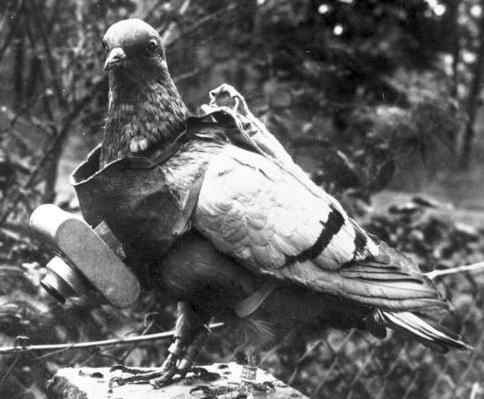The British Army believed that wireless radio and telephones would be good enough to keep the leaders on the battlefield in touch with each other and their superiors. However, when the shelling began, both the telephone and the radio were very easily broken or intercepted by the enemy, giving them the opportunity to destroy carefully laid plans or turn them into complete chaos. In this situation, the officers in the trenches had to have a back-up plan.
During the First World War, the telephone was the most used way of communication. With the use of the telephone, commanders were able to communicate directly with their people on the battlefield. The telegraph, however, was not any less useful for the military when sending a message over long distance. The process of communication included writing the telegraph, which was then transmitted and transcribed by a receiving operator.
Both the telephone and telegraph landlines were unreliable and the lines were often damaged by soldiers or enemy fire. Up to 40 cable breaks were fixed everyday on the front line, the BBC News reports.
The military also used runners and dogs to communicate with each other. Soldiers who were hired as runners, were believed to have one of the most dangerous jobs on the front. The reason for that was that they had to leave the trenches, a place where they were relatively safe and surrounded by other people, and expose themselves to the open fire. For them, death was a constant danger. Many times runners proved to be too slow, taking messages that weren’t needed anymore. However, they were trained to read maps and find their way around on foot.
The First World War had up to 20,000 dogs serving on the battlefields. A school for the instruction of dogs was established in 1917 and the very first trainees were family dogs, donated by people to serve in the war.
Dogs of war were able to take messages over distances of 10-15 in only one or two hours. However, there was so much love for these dogs in the trenches, that more times soldiers would offer to take the message themselves.
Visual signaling was also used, although it made it very easy for the enemy to localize the position of a unit and start the fire when it was less expected.
Radio became most successful when it was used by pilots to report on the location of the enemy and on the accuracy of artillery fire.
//
